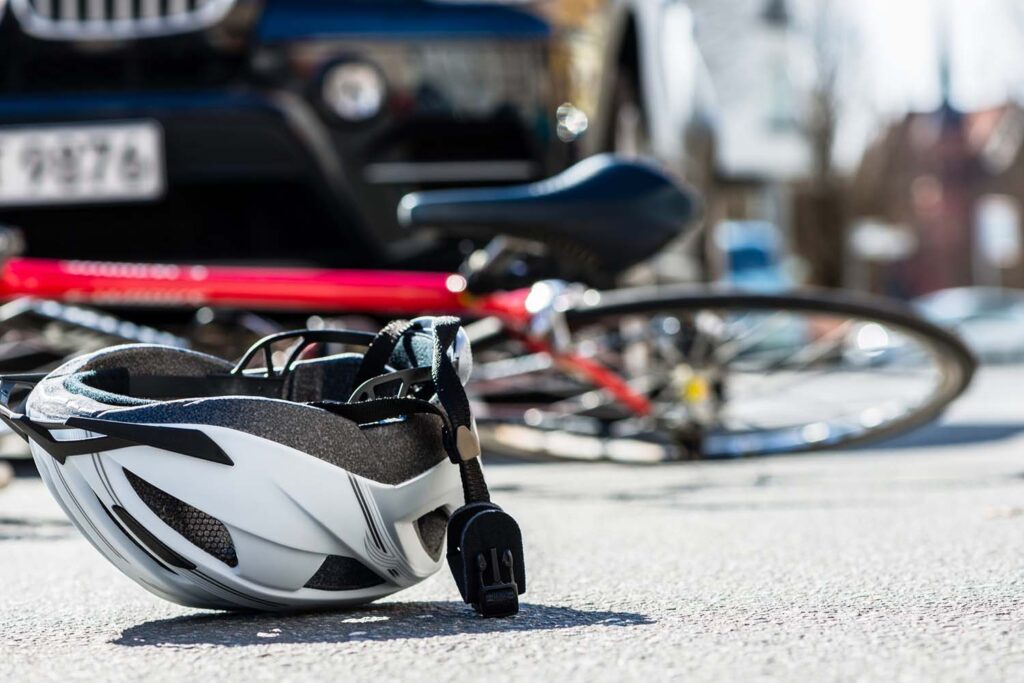Determining Liability In Bicycle-Pedestrian Collisions
Bicycle accidents involving pedestrians present a unique set of legal challenges, as the dynamics between cyclists and pedestrians differ significantly from traditional motor vehicle accidents. If you’ve been involved in a bike-pedestrian accident, there may be more legal complexities involved than you think, necessitating the advice of a skilled bicycle accident lawyer. Below, the legal team from the Law Firm of Edward Blinder, PLLC, explains some of the legal challenges in these types of accident claims.
In many cases, determining liability boils down to establishing who had the right of way and whether either party acted negligently. Pedestrians typically have the right of way in crosswalks and at intersections, but cyclists are subject to traffic laws as well. Proving negligence may involve scrutinizing factors such as speeding, failure to yield, or disobeying traffic signals.
Your State’s Comparative Fault Laws
Many jurisdictions apply a comparative fault system when assessing liability in accidents. This legal doctrine acknowledges that both parties involved may share some degree of fault. In bicycle-pedestrian collisions, determining the comparative fault can be challenging. Legal professionals must carefully evaluate the actions of both the cyclist and the pedestrian leading up to the accident and assess each party’s contribution to the incident.
Complexities Of Bicycle Infrastructure
If a cyclist is riding on a shared-use path or designated bike lane, questions may arise about adherence to specific rules and regulations governing those spaces. Pedestrians may also be navigating shared spaces where the boundaries between walking and cycling are not always well-defined, adding layers of complexity to liability assessments.
Proving Damages, Injuries, And Losses
In bicycle accidents involving pedestrians, proving damages becomes a critical aspect of legal proceedings. Pedestrians may suffer severe injuries due to the lack of protection compared to cyclists. Medical records, expert testimony, and other forms of evidence are essential to establish the extent of injuries, medical expenses, and other damages. Demonstrating the impact of the accident on the pedestrian’s life, such as emotional distress or loss of earning capacity, may also be challenging.
Insurance Coverage And Compensation
Cyclists may have personal liability coverage, and pedestrians may rely on their health insurance. However, navigating the process of obtaining compensation from these sources may require legal expertise. Identifying all potential avenues for recovery and ensuring that the responsible parties fulfill their obligations can be a challenging legal task.
Legal Recourse For Pedestrians Injured By Cyclists
For pedestrians injured by cyclists, pursuing legal recourse might involve filing a personal injury claim against the cyclist’s insurance or seeking compensation directly from the cyclist. However, the ability to recover damages may depend on factors such as the cyclist’s insurance coverage, the circumstances of the accident, and applicable laws in the jurisdiction.
In conclusion, bicycle accidents involving pedestrians present a distinctive set of legal challenges. Legal professionals handling such cases must be well-versed in the nuances of bicycle and pedestrian laws, insurance regulations, and the unique dynamics of these accidents to effectively advocate for the rights of those involved and pursue just compensation.

